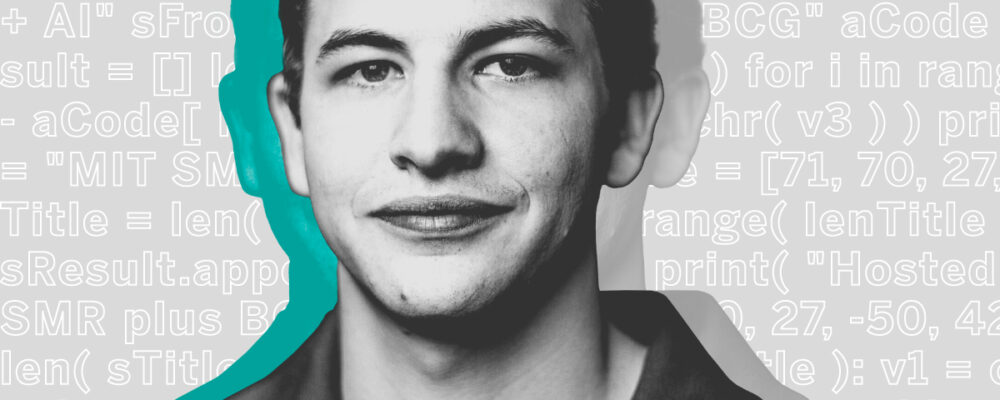Banning GenAI tools won’t work. Leaders should set guidelines that let employees experiment: This mitigates risks while opening the door to organizational gains, research shows.
Matt Harrison Clough / Ikon Images
Since ChatGPT’s debut in late 2022, employees have continued to find new ways to tap into the power of generative artificial intelligence (GenAI). For many individuals, GenAI tools have sped up the capability to create content ranging from text to video. For example, the tools can help people summarize meeting documents, generate ideas, and construct emails. Freely available Gen AI tools such as ChatGPT and Claude AI, and GenAI-enabled functionality now embedded in software from the likes of Microsoft and Adobe have fueled the growing use of GenAI tools inside and outside the workplace. Yet with this rise of GenAI comes a new challenge for organizational leaders: the phenomenon of Bring Your Own AI (BYOAI), which occurs when employees use unvetted, publicly available GenAI tools for work.
While these tools promise greater productivity and creative potential, they also bring organizational security and governance risks, including data loss, intellectual property leakage, copyright violations, and security breaches. This raises a critical question: Should leaders ban BYOAI to protect their organization from the dangers that GenAI tools present or embrace the tools and guide employees’ use to mitigate the risks and reap the potential benefits?
Get Updates on Leading With AI and Data
Get monthly insights on how artificial intelligence impacts your organization and what it means for your company and customers.
Please enter a valid email address
Thank you for signing up
To get answers grounded in real-world lessons, the MIT Center for Information Systems Research conducted research with more than 70 data and technology executives representing 50 organizations between late 2023 and August 2024. (See “The Research.”) In this article, we’ll explore why banning is not the answer and how leaders can provide the proper guidance to turn BYOAI from a liability into an asset that drives beneficial GenAI capability building and innovation.
Banning GenAI Tools Won’t Work: Three Smarter Steps
Given the risks associated with BYOAI, it may seem logical for leaders to consider banning unvetted GenAI tools outright.
References
1. C.W. Rudolph, I.M. Katz, K.N. Lavigne, et al., “Job Crafting: A Meta-analysis of Relationships With Individual Differences, Job Characteristics, and Work Outcomes,” Journal of Vocational Behavior 102 (October 2017): 112-138.
Reprint #:
“The MIT Sloan Management Review is a research-based magazine and digital platform for business executives published at the MIT Sloan School of Management.”
Please visit the firm link to site






